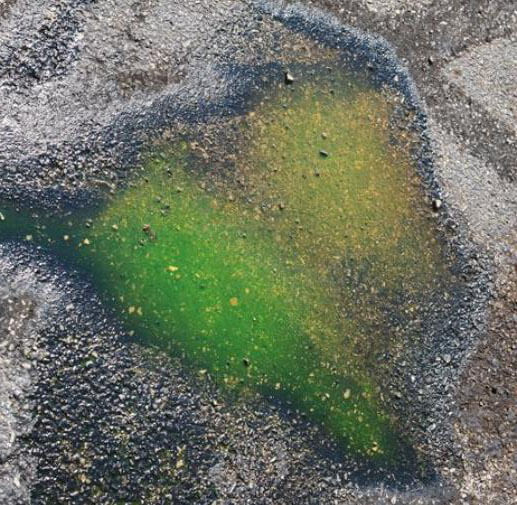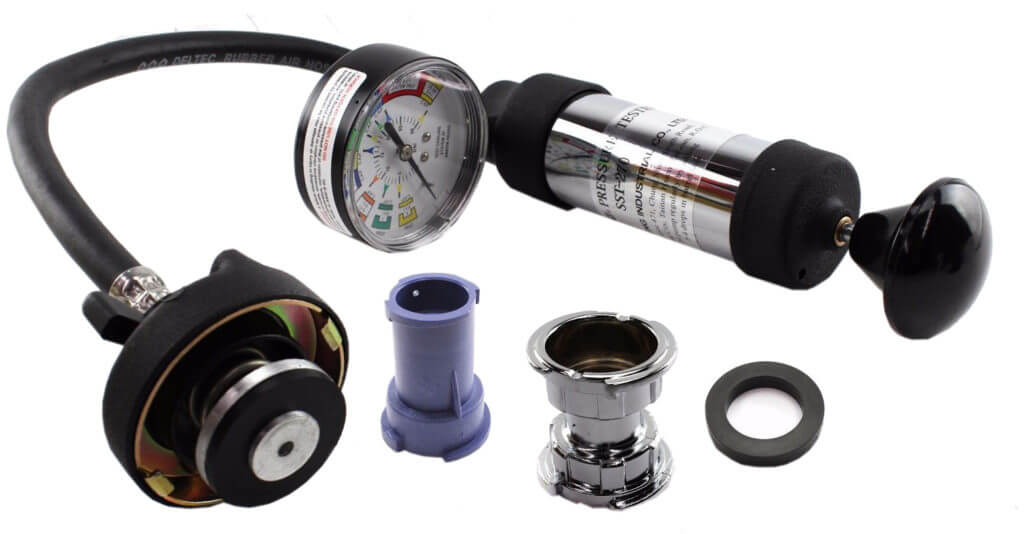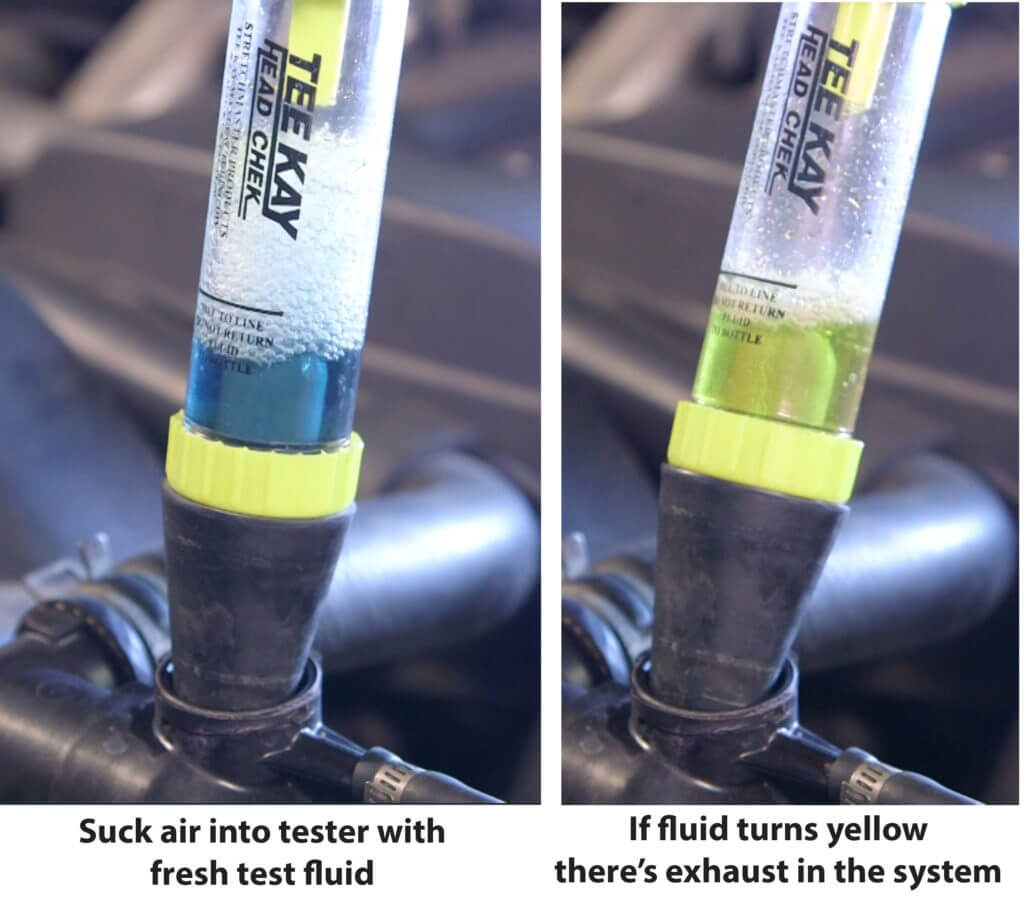Car Is Losing Coolant But You Can’t Find a Leak — What to Check
If your car is losing coolant but you can’t find a leak, here’s how to find the cause
Internal combustion engines don’t consume coolant unless there’s a major problem like a head gasket failure. So, if your car is losing coolant but you can’t find a leak, it’s either leaking internally and burning it inside the combustion chamber or it’s leaking externally and you just can’t find the leak. The coolant isn’t just disappearing.
Start With a Cooling System Pressure test
If you’ve checked under the vehicle and don’t see a puddle or any signs of wet spots, you can still have a small leak that only leaks coolant when the engine is pressurized. In that case, you’ll want to rent a cooling system pressure tester and pressurize the cooling system.

If your car is losing coolant, check for a puddle under the vehicle and check for signs of wet or dried coolant on the engine and hoses.
Pump up system pressure to 15-psi. It should hold that pressure for at least 15-mins. If it doesn’t there IS a leak somewhere.
With the system still pressurized, check for leaks around the radiator tanks, hoses and fins.
Next, check for leaks where the radiator hoses connect to the water pump and thermostat.
Check for leaks at the heater hose connections.
While under pressure, check again for leaks under the vehicle, especially under the passenger area. If the heater core is leaking, that’s where coolant will drip out.

Use a cooling system pressure tester to pressurize the system to find a leak
Check for a head gasket leak
If a head gasket fails between a cooling passage and a cylinder, it can either pump exhaust into the cooling system, or suck coolant into the combustion chamber and burn it. Either way, the symptom is that your car is losing coolant with no signs of an external leak.
If your car is pumping exhaust gasses into the coolant, your engine will overheat and the hot gasses will force coolant out of the coolant reservoir. So check for bubbling coolant and overheating. If you see that, rent a combustion gas test kit from an auto parts store and check for the presence of exhaust gasses in your coolant.
Perform a combustion gas test to check for a head gasket breach
Rent a combustion gas tester from any auto parts store and follow the directions. If there’s combustion gas in the coolant, there’s a head gasket breach.

When exhaust gasses are present in the radiator, the testing fluid turns from blue to yellow
However, if your engine isn’t pumping exhaust gasses into the coolant, it can be sucking coolant into the engine. That too will cause the symptom that your car is losing coolant, and the reason is that it’s burning it. Here’s how to check for that.
When an engine burns coolant, the coolant usually enters the combustion chamber during engine cool-down. It can’t enter the combustion chamber while running because combustion pressures are far greater 150-psi to 200-psi. than cooling system pressure, 9-15-psi. However, with the engine off and cooling, at some point the cooling system pressure can push coolant into the combustion chamber.
Perform this test in the morning before the engine is started
Remove all the spark plugs
Clip sheets of paper towels about 6″ above each spark plug hole.
Remove the fuel pump fuse and crank the engine.
If there’s coolant in the combustion chambers, it’ll spit the coolant out onto your paper towels.
That’s proof positive that you have a head gasket problem because coolant should never be in a combustion chamber
©, 2022 Rick Muscoplat
Posted on by Rick Muscoplat